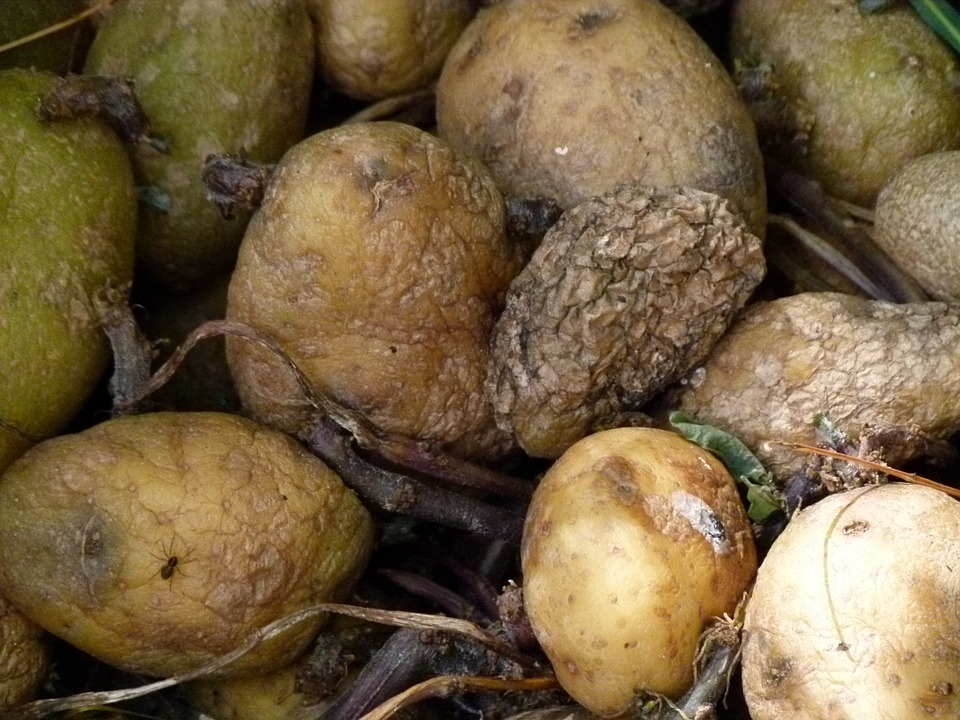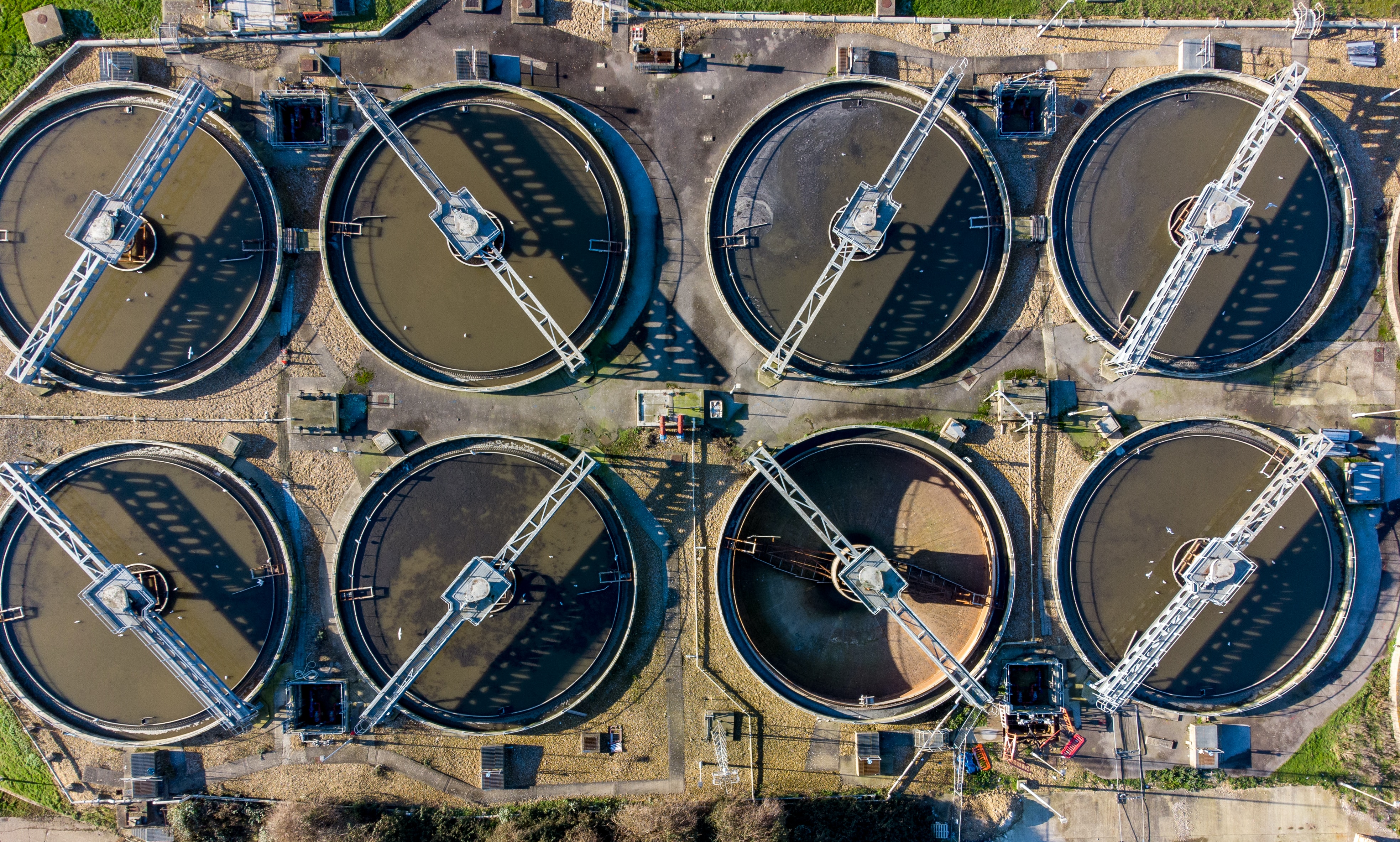Prototype injection molding is a process used to create prototypes of products manufactured using the production injection molding process. The prototype injection molding process allows manufacturers to test the design of a product before it is mass-produced. This process is also used to create product prototypes using other techniques, such as die casting or blow molding.
The main benefits of prototype injection molding over production molding are speed and cost. With prototype injection molding, you can have your product in hand much faster and at a fraction of the cost of production molding. With production molding, the mold has to be created first, which can take weeks or even months. With prototype injection molding, the mold already exists, so the turnaround time is much shorter. Prototype injection molding is also much less expensive than production molding, making it an excellent option for small businesses or startups.
The prototype injection molding process is typically used for products made from thermoplastic or thermoset materials. These materials are melted and injected into a mold. The mold is then cooled, and the product is ejected. The prototype injection molding process can create prototypes of products made from other materials, such as metals, glass, and rubber.
Another benefit of prototype injection molding is that it allows you to test your product before committing to production. This is a crucial step in product development, as it will enable you to ensure your product is perfect before mass-producing it. Overall, prototype injection molding is an excellent option for anyone looking to get their product to market quickly and efficiently. It is also a perfect option for businesses on a budget, as it is much less expensive than production molding.
There are several reasons why prototype injection molding may be better than production molding for your product.
First, prototype injection molding is typically faster than production molding. This is because the mold used in prototype injection molding is often more straightforward and less detailed than the mold used in production molding. In addition, prototype injection molding generally requires less plastic than production molding.
Second, prototype injection molding is usually less expensive than production molding. This is because the mold used in prototype injection molding is often less complex and less expensive than the mold used in production molding. In addition, the costs associated with setting up and running a prototype injection molding process are often lower than the costs associated with setting up and running a production molding process.
Third, prototype injection molding can create products not intended for mass production. This is because prototype injection molding is often used to create prototypes of products that will be mass-produced. In addition, prototype injection molding can be used to create products that are not intended for mass production but that may be produced in small quantities.
Fourth, prototype injection molding can be used to test the feasibility of a design before production molding is undertaken. This is because prototype injection molding can be used to create prototypes of products that will be mass-produced. In addition, prototype injection molding can be used to test the feasibility of a design before production molding is undertaken.
Finally, prototype injection molding can be used to create products that are not intended for mass production, but that may be produced in small quantities. This is because prototype injection molding can be used to create prototypes of products that will be mass-produced. In addition, prototype injection molding can be used to create products that are not intended for mass production, but that may be produced in small quantities.
Last word
The tips mentioned above will give you an idea of whether prototype injection molding is an option for your product. If you are unsure whether your product needs prototype injection molding or production mold, you should consult a prototype injection molding company. A prototype injection molding company can help determine if your product needs a prototype injection molding or production mold.







